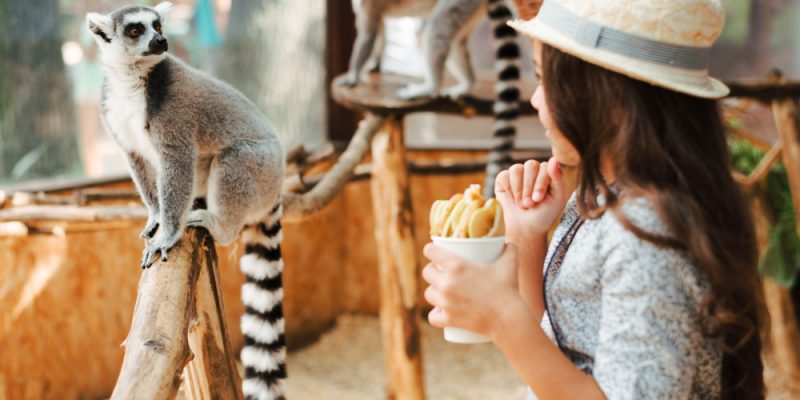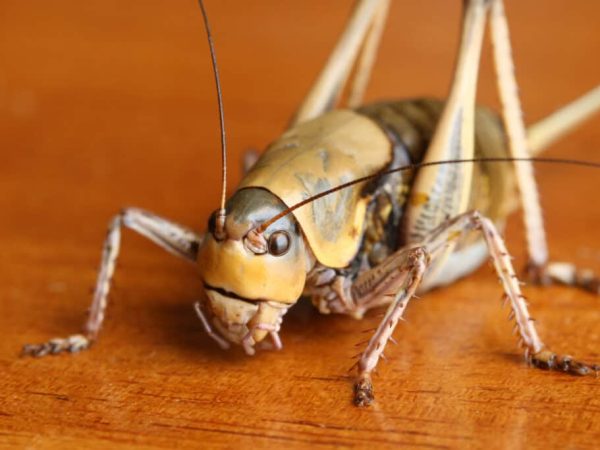Araras Eco Lodge: 10 Must-See Animals on Your Safari Adventure

Nestled in the heart of Brazil’s Pantanal, Araras Eco Lodge offers one of the most unforgettable wildlife experiences on the planet. With its rich biodiversity and pristine landscapes, the lodge is a paradise for nature lovers, birdwatchers, and adventurers alike. Among the countless creatures that roam freely, some animals are truly iconic — and spotting them makes the journey even more special.
1. Jaguar – The Majestic King of the Pantanal
The elusive jaguar reigns supreme in the Pantanal. As the largest cat in the Americas, this powerful predator is a major draw for visitors. Thanks to conservation efforts and the open landscapes, Araras Eco Lodge offers one of the best chances to spot jaguars in their natural habitat, especially during the dry season from July to October.
Pro Tip: Early morning and late afternoon safaris offer the best opportunities to see jaguars in action.
2. Giant Otter – The Playful River Guardians
Known for their spirited nature, giant otters are both adorable and impressive. These social animals travel in family groups and are often spotted along the waterways near the lodge. Their unique chirping communication and coordinated hunting strategies make them fascinating to observe.
Fun Fact: Giant otters can grow up to 6 feet long and are highly endangered, making a sighting even more special.
3. Capybara – The World’s Largest Rodent
At first glance, a capybara looks like an oversized guinea pig. These gentle giants are a common sight around Araras Eco Lodge, often lounging by riverbanks or cooling off in the water. They are incredibly social creatures, typically seen in large groups.
Photography Tip: Capybaras are relatively fearless, allowing for excellent close-up photos during safaris.
4. Hyacinth Macaw – The Pantanal’s Bright Blue Gem
The striking hyacinth macaw, with its brilliant cobalt blue feathers, is the largest flying parrot species in the world. These stunning birds are a conservation success story, and Araras Eco Lodge is one of the best places to admire them in the wild.
Look Out For: These macaws are often found nesting in large hollow trees, particularly the manduvi tree.
5. Giant Anteater – The Graceful Forager
Watching a giant anteater roam the grasslands is like witnessing a prehistoric creature in motion. With its elongated snout and bushy tail, this unique animal is built for survival in the Pantanal. Spotting one can be a thrilling highlight of your safari.
Observation Tip: Early morning drives offer the best chance to spot anteaters foraging for termites and ants.
6. Caiman – The Stealthy River Dwellers
The waterways around Araras Eco Lodge teem with caimans, a close relative of alligators. While they often lie still, blending into the environment, a closer look reveals their powerful physique and keen hunting instincts.
Safety Note: Caimans are generally not aggressive towards humans but should be observed from a respectful distance.
7. Marsh Deer – The Elegant Swamp Wanderers
The marsh deer is the largest deer species in South America. Distinguished by its long legs adapted for moving through wetlands, this rare and beautiful creature is a true gem to encounter during a Pantanal safari.
Did You Know? Males grow impressive antlers, making them even more captivating during the breeding season.
8. Tapir – The Shy Forest Giant
The South American tapir is an unusual but charming animal resembling a pig with a short, flexible snout. Typically shy and solitary, spotting a tapir is a treat, especially during evening safaris when they are most active.
Eco Insight: Tapirs play a crucial role in the ecosystem by dispersing seeds throughout the forests and wetlands.
9. Toco Toucan – The Iconic Beak of the Tropics
With its oversized, colorful beak and sharp eyes, the toco toucan is a favorite among bird enthusiasts. Often seen perched high in the trees around the lodge, their vibrant colors and quirky behavior make them a delightful sight.
Photography Tip: Sunrise and sunset offer the best lighting for capturing the brilliant colors of toucans.
10. Ocelot – The Secretive Night Hunter
Much smaller than the jaguar but just as mesmerizing, the ocelot is a nocturnal cat known for its beautiful spotted coat. Night safaris at Araras Eco Lodge offer rare opportunities to glimpse these elusive predators prowling under the cover of darkness.
Safari Tip: Bring a good quality flashlight and be patient—spotting an ocelot is a true reward for night safari enthusiasts.
Conclusion: A Wildlife Adventure Like No Other
Visiting Araras Eco Lodge is more than just a trip; it’s an immersion into one of the world’s richest and most vibrant ecosystems. From the awe-inspiring jaguar to the colorful toucan, every animal encounter is a reminder of the Pantanal’s incredible biodiversity. With expert guides, breathtaking landscapes, and sustainable practices, Araras Eco Lodge offers a once-in-a-lifetime safari adventure you’ll never forget.
Pack your binoculars, charge your camera, and prepare to be amazed by the incredible creatures that call this paradise home!
FAQs about Araras Eco Lodge and Wildlife Safaris
1. What is the best time to visit Araras Eco Lodge for wildlife viewing?
The dry season (July to October) is ideal for spotting wildlife, especially jaguars, as animals gather around shrinking water sources.
2. Are the safaris at Araras Eco Lodge suitable for families with children?
Yes! Safaris are family-friendly, but some activities like night drives may have age restrictions. Always check in advance.
3. How long should I stay at Araras Eco Lodge to see the top animals?
A minimum of 3 to 4 nights is recommended to increase your chances of seeing a wide variety of animals.
4. What should I pack for a safari at Araras Eco Lodge?
Pack lightweight clothing, sturdy shoes, a good pair of binoculars, a camera, insect repellent, sunscreen, and a hat for sun protection.
5. Are there any special conservation programs at Araras Eco Lodge?
Yes, the lodge actively participates in conservation efforts for species like the hyacinth macaw and giant otters, and guests are encouraged to learn and support these programs.
Also read : Tiong Bahru Market Car Park Guide: Parking Rates, Hours, and Tips











